North Korea says conducted 'successful' H-bomb test
North Korean state TV says, "With perfect success of historic H-bomb, we have joined rank of advanced nuclear...
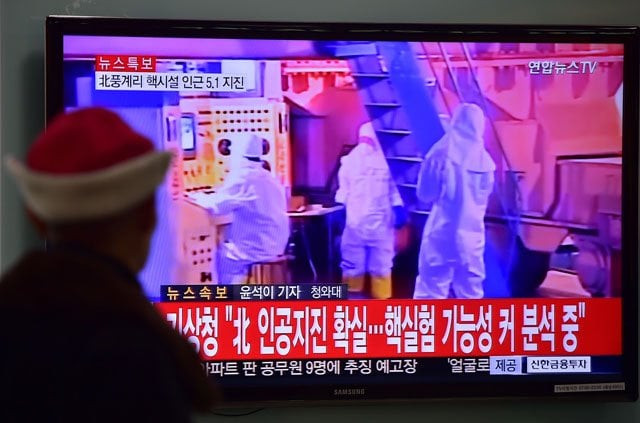
North Korea said on Wednesday it had carried out a "successful" hydrogen bomb test, a claim that — if true — massively raises the stakes over the hermit state's banned nuclear programme.
International condemnation was swift with neighbours South Korea and Japan decrying a gross violation of UN Security Council resolutions, while the White House said it was still studying the precise nature of the apparent test and vowed to "respond appropriately".
"The republic's first hydrogen bomb test has been successfully performed at 10:00 am (0330 GMT)," North Korean state television announced. "With the perfect success of our historic H-bomb, we have joined the rank of advanced nuclear states," it said, adding that the test was of a miniaturised device.
North Korean leader Kim's H-bomb claim draws scepticism
A hydrogen, or thermonuclear bomb, uses fusion in a chain reaction that results in a far more powerful explosion than the fission blast generated by uranium or plutonium alone.
Last month, North Korean leader Kim Jong-Un suggested Pyongyang had already developed a hydrogen bomb. The claim was questioned by international experts and there was continued scepticism over Wednesday's test announcement.
"The seismic data that's been received indicates that the explosion is probably significantly below what one would expect from an H-bomb test," said Australian nuclear policy and arms control specialist Crispin Rovere.
"So initially it seems to be that they've successfully conducted a nuclear test but unsuccessfully completed the second-stage hydrogen explosion," Rovere said. Bruce Bennett, a senior defence analyst with the Rand Corporation, was equally unconvinced.
"This weapon was probably the size of the US Hiroshima bomb but this was not a hydrogen bomb," Bennett told the BBC. "The bang they should have gotten would have been 10 times greater than what they got," he added.
China detains suspected spy near North Korea "with map in his underwear"
The test, which came just two days before Kim Jong-Un's birthday, was initially detected by international seismology centres as a 5.1-magnitude tremor next to the North's main Punggye-ri nuclear test site in the northeast of the country.
Most experts had assumed Pyongyang was years from developing a thermonuclear bomb, while assessments were divided on how far it had gone in mastering the technology to miniaturise a warhead so that it fits on a ballistic missile.
Whether an H-bomb or not, it was North Korea's fourth nuclear test and marked a striking act of defiance that flew in the face of enemies and allies alike who have warned Pyongyang it would pay a steep price for moving forward with its nuclear weapons programme.
The three previous tests in 2006, 2009 and 2013 triggered waves of UN sanctions. Their failure to prevent a fourth detonation will place the Security Council under intense pressure to take more drastic action this time around.
It throws down a particular challenge to US President Barack Obama, who, during a visit to South Korea in 2014, lashed North Korea as a "pariah state" and vowed sanctions with "more bite" if Pyongyang went ahead with another test.
White House National Security Council spokesperson Ned Price said he could not confirm the H-bomb claim, but promised the US would "respond appropriately to any and all North Korean provocations".
Replica of most powerful nuclear bomb ever goes on display in Moscow
South Korea "strongly condemned" the test and warned Pyongyang that it would be made to "pay the price" for ignoring international opinion. Japanese Prime Minister Shinzo Abe called it a "serious threat" to Japan and a "grave challenge" to nuclear non-proliferation efforts.
The response of China, North Korea's economic and diplomatic patron, will be key. Beijing has restrained US-led allies from stronger action against Pyongyang in the past, but has shown increasing frustration with its refusal to suspend testing.
But China's leverage over Pyongyang is mitigated, analysts say, by its overriding fear of a North Korean collapse and the prospect of a reunified, US-allied Korea directly on its border.
China has been pushing for a resumption of six-party, aid-for-disarmament talks on North Korea, insisting that engagement with Pyongyang is the only way forward.
The six-party process, involving the two Koreas, the United States, China, Japan and Russia, has been in limbo since 2007 and Pyongyang's decision to move ahead with a fourth test has almost certainly hammered the final nail in its coffin.
After its last nuclear test in 2013, the North restarted a plutonium reactor that it had shut down at its Yongbyon complex in 2007 under an aid-for-disarmament accord. The Yongbyon reactor is capable of producing six kilograms (13 pounds) of plutonium a year — enough for one nuclear bomb.
Pyongyang is currently believed to have enough plutonium for as many as six bombs, after using part of its stock for at least two of its three atomic tests to date. It is still unclear whether the 2013 test used plutonium or uranium as its fissile material.

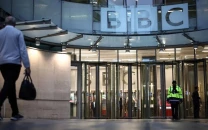

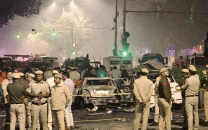

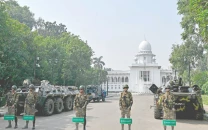

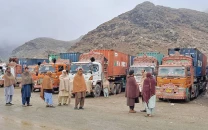



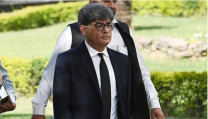






COMMENTS
Comments are moderated and generally will be posted if they are on-topic and not abusive.
For more information, please see our Comments FAQ